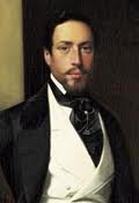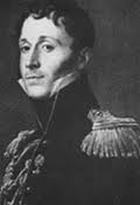
He engaged on a liaison with Queen of Holland, Hortense de Beauharnais, and their son was born in Paris and was registered on 21 October 1811, named Charles Auguste Louis Joseph Demorny. Meanwhile, Flahaut battled with excellence in the 1812 Russian campaign, and he was promoted in 1813 as aide-de-camp to the emperor, general of brigade, and became general of division after the Battle of Leipzig. In 1814, after Napoleon was abdicated, he yielded to the present government, but was situated on the retired catalogue in September. He diligently attended to Queen Hortense but he was brought into active assistance again when the Hundred Days came. The mission to secure Marie Louise’s return from Vienna failed. He was at Waterloo at that time, and had sought afterwards to give the throne to Napoleon II. He was only spared from exile due to the influence of Talleyrand, but was put under the surveillance of the police. He chose to spend his retirement in Germany, and then to England after a short been living in Paris, where he got married on 20 June 1817 in Edinburgh to Margaret Mercer Elphinstone, who was the daughter of Admiral George Keith Elphinstone, 1st Viscount Keith, and when her father died, she became in her own right the 2nd Baroness Keith. Charles de Flahaut remained closely connected with Talleyrand's policy, and became an ambassador at Berlin for a short while in 1831. He continued serving the army but eventually retired. He died on 1 September 1870 in Paris, France.

 RSS Feed
RSS Feed